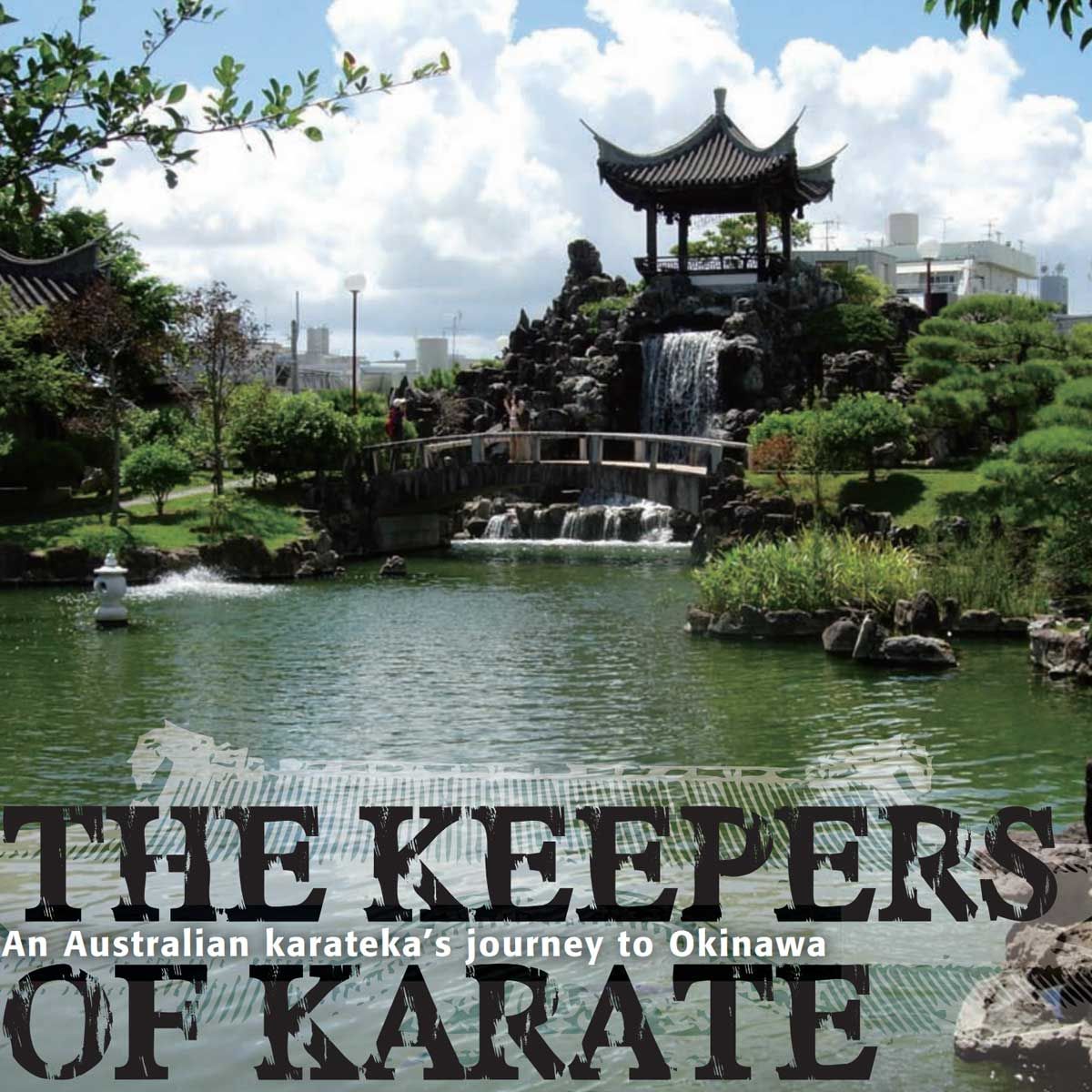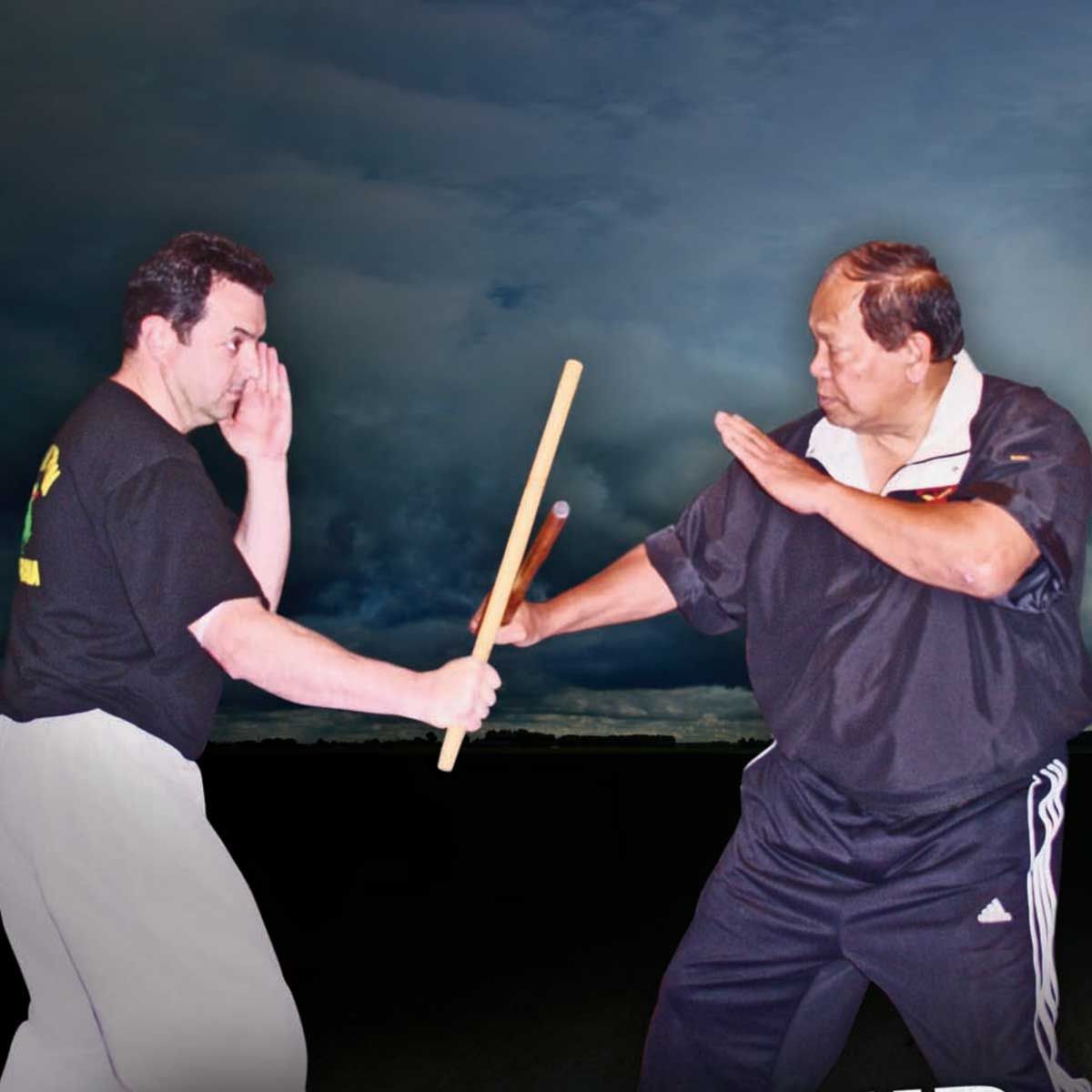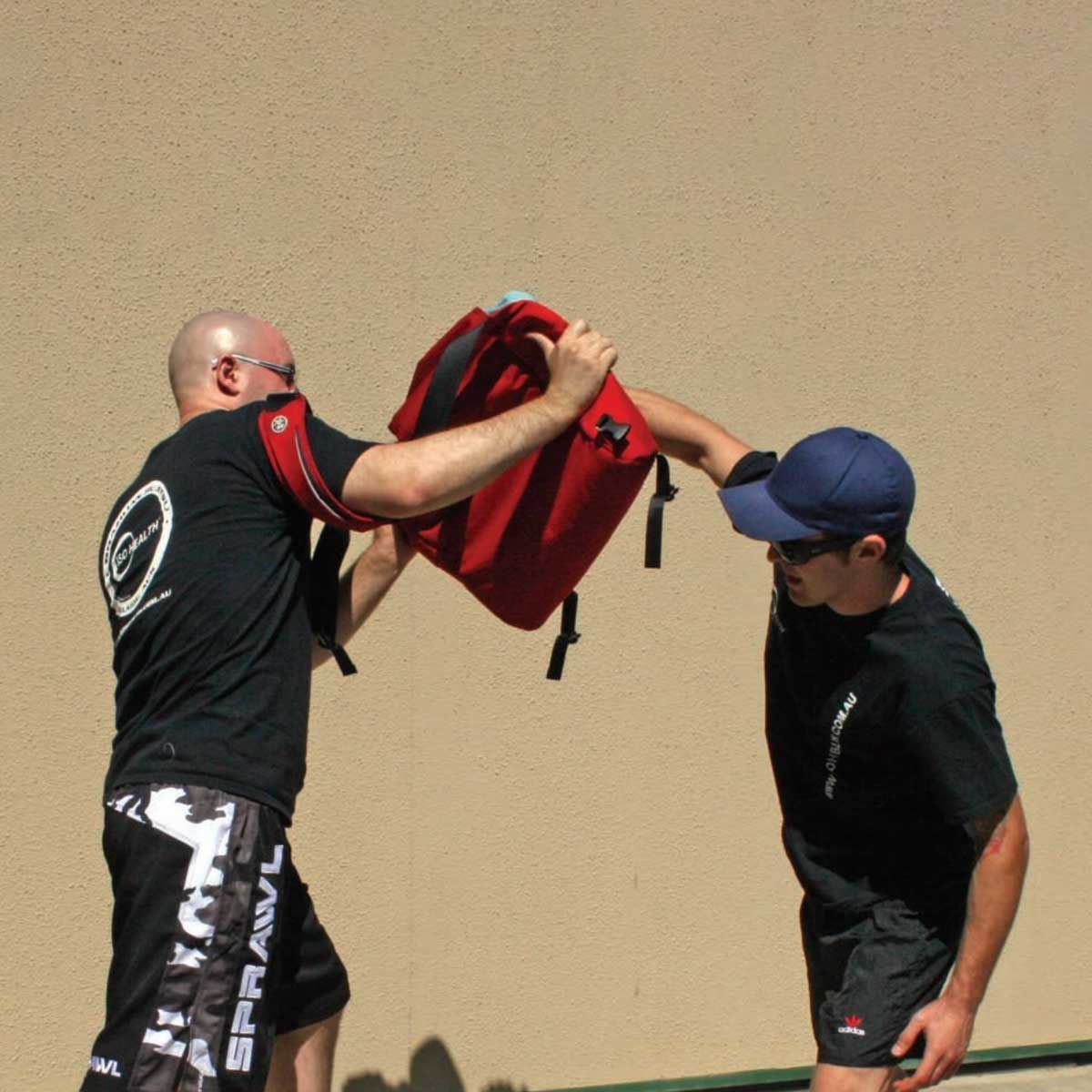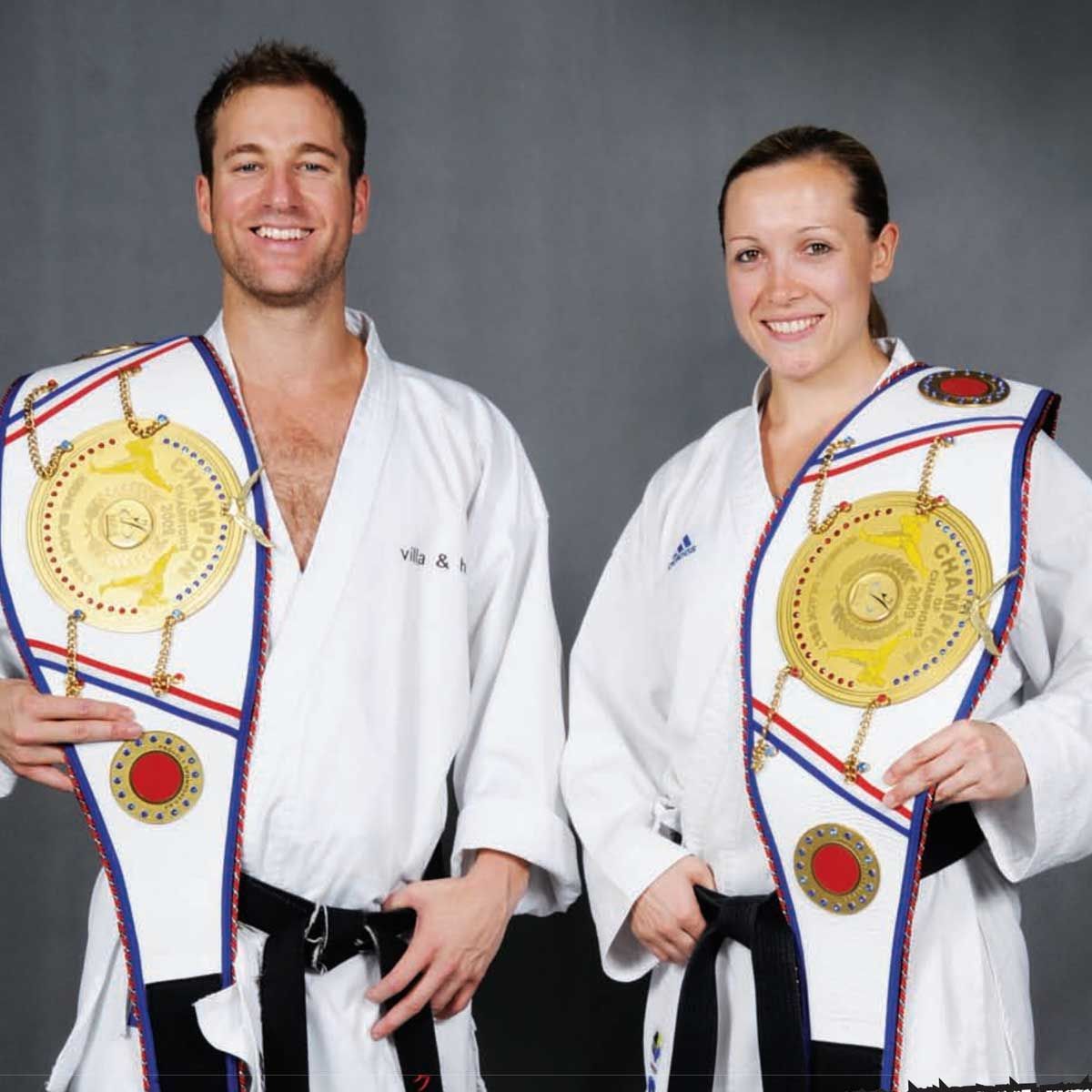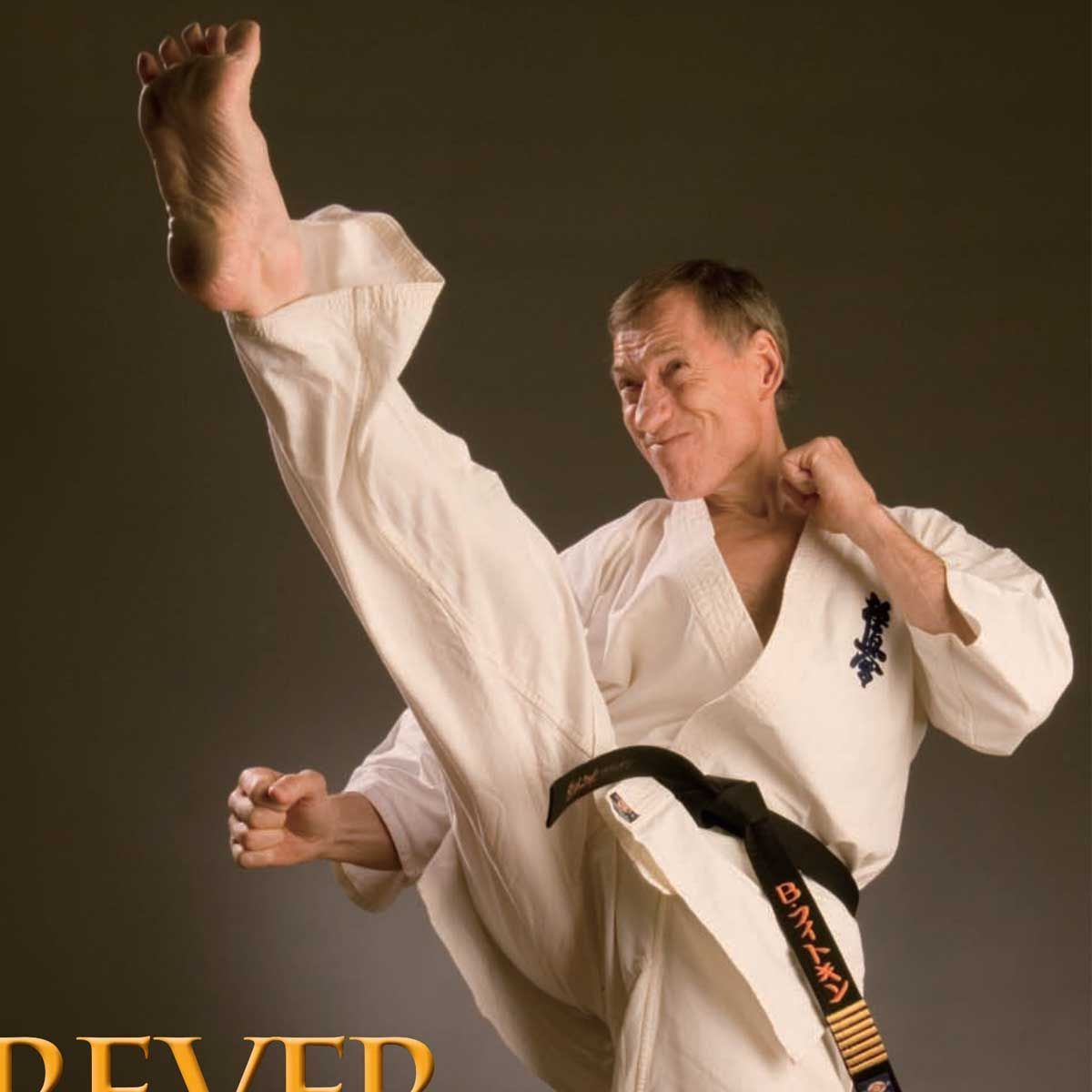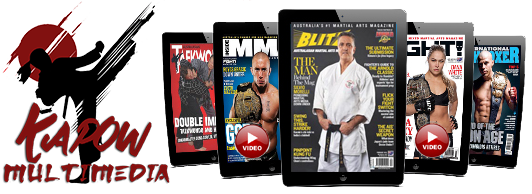FEAR: FRIEND OR FOE
Every issue, Blitz gives a number of experienced martial arts instructors the opportunity to voice their opinions on a topic of debate relating to martial arts training and teaching.
This issue we ask: In your martial art (or indeed, any martial art), how important in the learning process is facing and mastering fear, and what elements of the training help students to do this, either directly or indirectly?
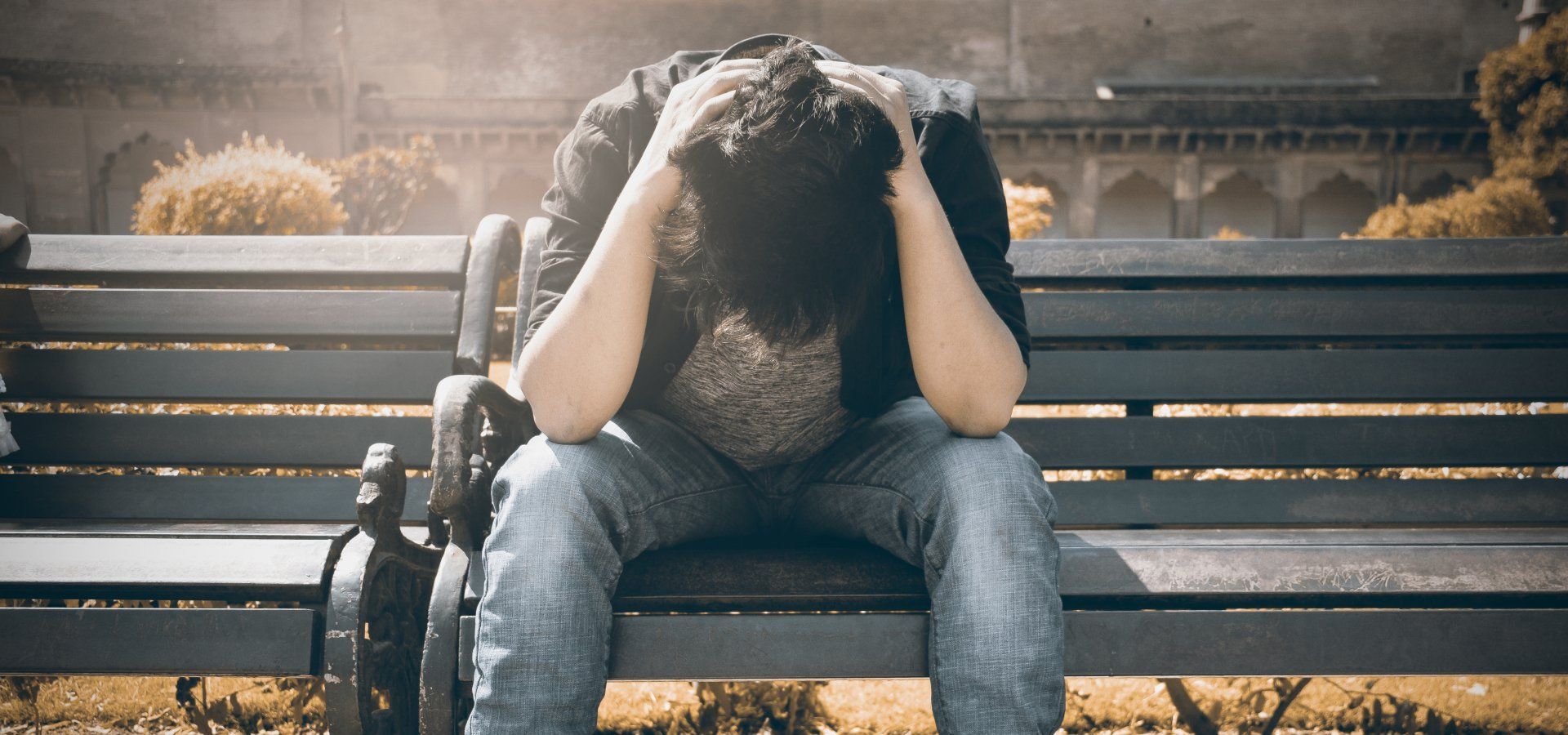
Darren Skelton is the chief instructor of Yoshinkan Aikido Watanabe Dojo in Perth, Western Australia. He started his martial arts training in 1973 at the age of four, studying Shotokan karate, and has also studied Zen Do Kai karate, kickboxing, Muay Thai and several other systems. In 1990 while serving in the Australian Army, Skelton started aikido training. Today he is a serving member with the Western Australia Police Force (since 1995) and also runs Body Mind Conditioning, a personal-training and fitness company. He currently holds the rank of 3rd Dan Black-belt and is an internationally registered instructor with AYF.
Fear. What does it mean? Fear is an emotional response to a perceived threat. It’s a basic survival mechanism occurring in response to a specifi c stimulus, such as pain or the threat of danger. The physiological effects of fear can be better understood from the perspective of the sympathetic nervous responses (fight-or-flight), as compared to the parasympathetic response, which is a more relaxed state. I believe it is very important for individuals to face their fears, regardless of whether that fear is in the dojo or in life. Most people start training as a reaction to their fear of violence against themselves or their family. Training in a martial art is one of the responses to this. If you ask most martial artists why they started training, the two main reasons are self-defence and fitness. There is courage required even to first enter a dojo and take up training that is often hard, arduous and has the potential for injury, as this requires students to face and accept those fears. Fear is a part of training in anything. We all have fears, and one that I believe most people have is the fear of failure or not being successful. Looking at the five factors for success and mastering them will help to quell our fears.
They are:
1. Desire
2. Commitment
3. Responsibility
4. Discipline
5. Patience.
In aikido there is fear of being injured if you are thrown and fall incorrectly, or are struck with either empty hands or a weapon during training. When you are deflecting or intercept an incoming attack, you cannot move too early or too late; if the defender anticipates and moves too early to avoid a strike, the attacker often has time to adjust the angle of attack and still strike successfully. Moving too late often results in an unsuccessful defence or, at best, receiving a glancing blow. The act of waiting for an incoming attack to reach the appropriate distance (maai) from the defender is an exercise in mastering their fear of being hit in order to move at the appropriate time. To do aikido techniques correctly, one needs to face and overcome these fears. In aikido training, fear is confronted both directly and indirectly in various ways. Fear of injury is confronted through ukemi (breakfalling), kihon dosa (basic movements), kihon waza (basic techniques), jiyuwaza (free technique), oyo waza (advanced techniques) and weaponry training. Fear of failure is confronted during shinza (testing), and fear of embarrassment or public speaking is confronted when teaching or giving demonstrations. I believe these fears can be alleviated by an instructor who is professional in their conduct, explains and demonstrates techniques (how to do and receive them) properly and helps the student to understand the system they are training in.
_______________________________
Conrad Lee Renshi, 5th Dan, began training in Western boxing in 1979 to combat the bullying he was subjected to as a boy. He took up Shotokan karate in 1980 and soon became a top student of Sensei Vince Morris of the Kissaki-kai for his dedication, understanding and technical abilities. He immigrated to Brisbane in early 2001 to enrol in the instructors’ program (formulated and taught by world-renowned historian, author and teacher Patrick McCarthy Hanshi, 8th Dan) at the Australian College Of Natural Medicine and today is an instructor of Koryu Uchinadi at the honbu dojo in Brisbane. Jason Griffi ths Renshi, 3rd Dan, has been practising martial arts for more than 20 years. He is also a graduate of the Martial Arts Diploma program in Koryu Uchinadi directly under McCarthy Hanshi. He teaches both style-specifi c and style-free seminars to a multitude of Australian organisations, which have included security personnel.
Fear — or, more importantly, overcoming one’s individual fears — is a vital component of self-defence training, but is sadly often overlooked in the majority of mainstream, traditionally based karate styles today. Students must be taught that fear is a natural response to threat and even the greatest of warriors experience it. Fear is, in fact, the deadly edge that helps one to survive and overcome conflict. Fight-or-flight is a common survival instinct and standing one’s ground and fighting back when there is no other option can be a learned skill regardless of personality traits. Through learning templates a foundation is built, which is then expanded upon through the realistic (not ritualistic) recreation of actual attack scenarios, which in KU involves understanding the Habitual Acts of Personal Violence (HAPV) theory through two-person drills. Correct mental conditioning along with physical practice allows the student to create the right reactions while forging a strong and indomitable spirit. If correct psychological principles are not addressed and instilled in the student, then self-defence — or, more specifically, survival — is reduced to mere chance. Loss of hearing, tunnel vision, nausea, uncontrolled urination and defecation, panic, increased heart rate and loss of fi ne motor movements are just some of the symptoms brought on when ordinary people unaccustomed to fear-inducing stimuli, are faced with violence. Under stressful conditions, loss of fi ne motor control will ensue as the heart rate reaches around 150 beats per minute.
Consequently, fighting techniques requiring fine motor control are practically useless in stressful situations such as facing an unprovoked attack or extreme violence, so responses must instead be instinctive, simple and brutal to be effective. Imagine trying to overcome a fear of public speaking by never taking the stage in front of people, but rather relying solely upon positive thinking. This has its place but only to a point; nothing can surpass placing yourself in situations you fear the most and attempting to negotiate the associated physiological effects. These principles must be addressed fundamentally and ground into the subconscious before exponentially escalated to extreme scenarios of brutal and shocking violence. Koryu-Uchinadi Kenpo-jutsu training methodologies place great importance upon addressing these fight-or-flight responses. From the very first lesson we seek to introduce students to actual attack scenarios and escalating levels of aggressive resistance, beginning with realistic empty-handed practices before progressing on. Also encouraged are environmental scenarios, whereby we actively seek common circumstances that define the image conjured up with the term ‘self-defence’. These include space-restricted confines of public toilet cubicles, assaults through car windows and in narrow passageways, etc. As stressed earlier, these must be realistic, not ritualistic.
By creating life-like assault scenarios in a safe learning environment, trainees can gain familiarity with each Habitual Act of Physical Violence while developing basic, functional defensive skills. Our two-person drills address the most common HAPV and help create an intuitive or reactive response to circumstantial fear induced by these varying situations. This is accomplished by forging a resolve when internal conflict exists. As small degrees of proficiency are gained, gradual increases in resistance are encouraged to further simulate the unpredictability and intensity of a fully uncooperative and aggressive attacker; this continues to the point of fully aggressive resistance from our training partners.
Through the study of the human body, its weaknesses and how to exploit them, we can condition more effective techniques by utilising the weak areas of the body, the pressure points, nerves and connective tissue saturated in neural fibres to make the defence more effective with minimum effort, leading to quicker situational control and subjugation of the assailant. The confidence gained through the continual exposure to life-like assault scenarios is the best formula to prepare ourselves for overcoming the fear associated with these situations. It’s also a step toward achieving a functional spontaneity — that is, the ability to spontaneously and effectively respond to unexpected violence.
In closing, our training should engage our fears of physical violence head-on if we are to be desensitised to its psychological elements, forge instinctive defences and significantly enhance our appreciation of our individual art/s.
___________________________________
Deane Lawler has been training in the martial arts since he was 12. He holds a master’s certificate in Filipino Martial Arts under Carlos Navarro and has competed in stick-fighting, boxing, kickboxing, Mixed Martial Arts and wrestling. He has worked on the front line in the security industry for over 20 years and runs a successful Queensland security company, CSO. He also developed the R-SULT (Response Strategies Utilising Life-saving Tactics) program for law-enforcement officers and security personnel and gives seminars nationwide.
To conquer fear is the beginning of wisdom.’ I honestly believe this statement encapsulates the basis of all martial skills. Right from the beginning when you first enter a martial arts studio, club, gym or even backyard training session, your relationship with fear in training starts. Whether in contact or noncontact training, fears of being injured, hurt or humiliated become dominant and in turn your training, whether traditional or not, starts to address these challenges.
The physical challenges are met through martial art-related calisthenics and technical skills, and, depending on your instructor (not your art), the psychological aspects of training should be interspersed and interconnected with these physical training sessions. For example, I prefer to start the student on one of the many levels of ‘acclimation training’. This type of training is used to get the beginner accustomed (acclimatized) to the impact of strikes as well as the delivery. This can be done by just holding pads to feel the impact of another striking, or practising blocking or guarding of strikes thrown at you with varying levels of pressure. In between these drills, it’s good to get the student to question how they feel when struck, or what they feel or think from the impact, as well as question their motives when striking back (anger, ego, fear, etc.). The great thing about this gradual pressure training is that it also helps the student learn about, and control, the confrontational experience.
This means learning how to handle people entering your personal space, how to recognise and control your emotions when confronted and also understanding your responses, whether they be wrong or right. Learning what your fears are and testing your ability to control them, as well as your responses, can be done through visualisation or simulation training. This is especially good for competition training but please make sure it all ends in a positive way — this is essential for building confidence. Remember, fear training in competition is different to fear preparation for the street encounter. The only thing you lose in competition is the bout; unfortunately the thing you can lose in a street encounter could be your life. Therefore, fear preparation for the street must be closely related to physical and verbal responses to an aggressive confrontation. All arts have the ability to fully prepare the student for all confrontations and mastering fear in competition or on the street, but it all comes down to how your instructor can create the relationship between the physical and psychological in your training.
Fear in combat is poison; it’s destructive and contagious and can make situations seem worse to you than they really are. I love to use this saying from a friend of mine: “In a life-threatening situation, it’s not who’s wrong or right… it’s who’s left.” Keep training hard, but most importantly, keep training right so that it will be you that is the one who is left. □
Blitz Martial Arts Magazine, FEBRUARY 2010 VOL. 24 ISSUE 02






